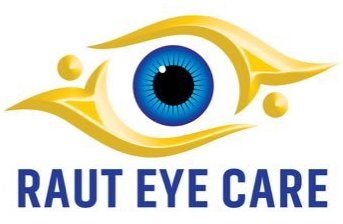
Ocular Motility Testing is a type of eye examination that is used to assess the movement of the eyes.It helps to identify a range of eye conditions that affect the ability of the eyes to move and focus accurately.
The test involves the patient following a light or object with their eyes while the doctor watches the eye movements.Eye movements are assessed for accuracy, speed, range of motion and ability to follow the object accurately.
Ocular motility testing can help diagnose conditions such as strabismus, nystagmus and convergence insufficiency.The test is completely non-invasive and painless and does not require any special preparation.






